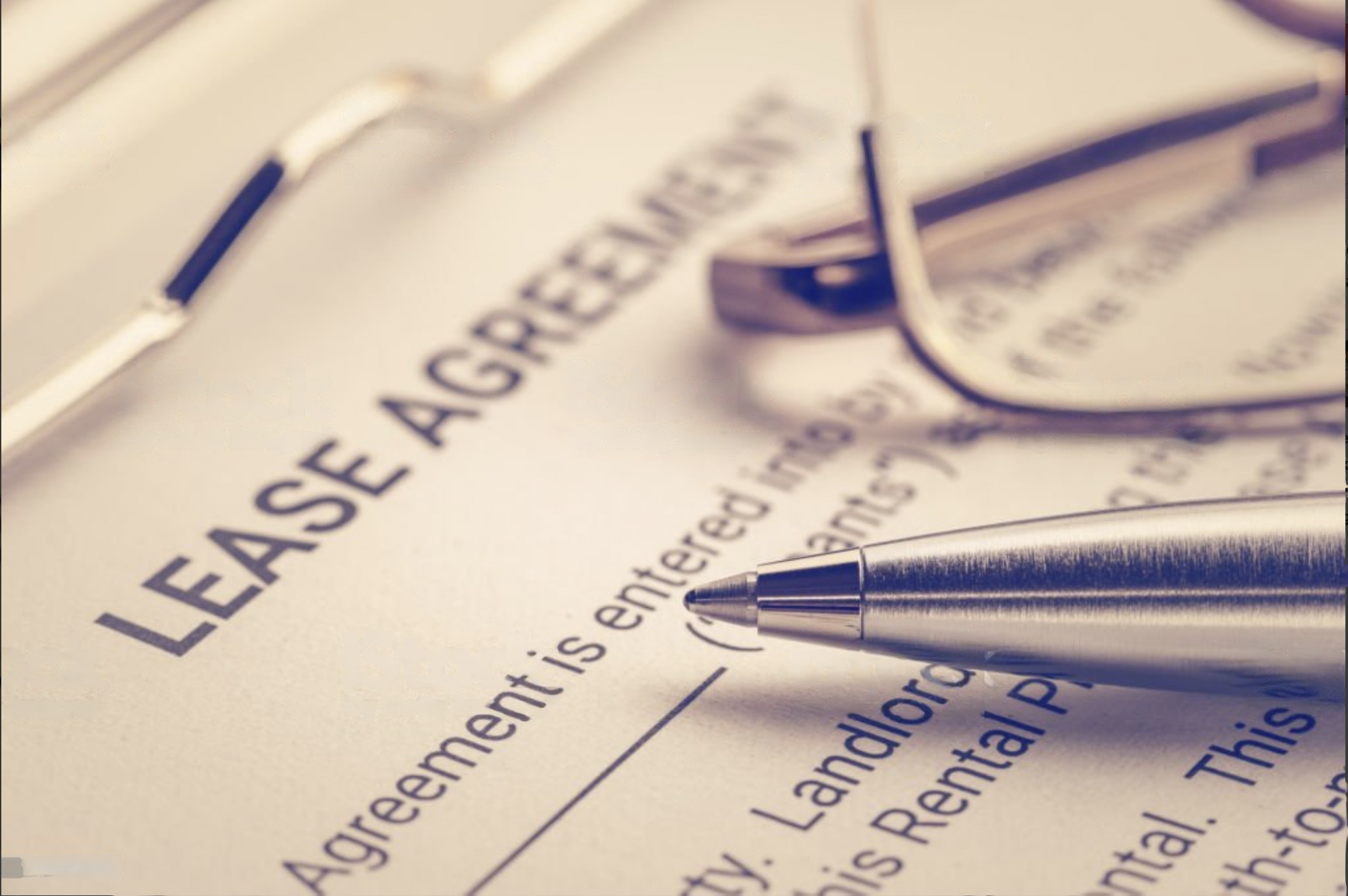Entering into a lease agreement is a significant step in the landlord-tenant relationship. A basic lease contract serves as a legal document that establishes the terms and conditions for renting a property. Both landlords and tenants should familiarize themselves with the key components of a lease contract to ensure a smooth and mutually beneficial tenancy. In this blog post, we will explore the essential elements typically found in a basic lease contract and emphasize the importance of careful review and understanding before signing.
Parties and Property:
A lease contract begins by identifying the involved parties—the landlord and the tenant. Their names and addresses are stated clearly in the agreement. Additionally, the contract provides a detailed description of the property being rented, including its address, amenities, and any notable features. This section ensures that both parties are aware of the specific property under consideration.
Term and Rent:
The lease contract specifies the duration of the rental period. It can be a month-to-month agreement or a fixed term spanning one or more years. This crucial detail helps establish the tenant’s right to occupy the property and the landlord’s responsibility to provide accommodation during the agreed-upon period. Furthermore, the contract states the monthly rent amount, along with any additional charges or fees, such as late fees or utilities. Clarity regarding the financial obligations is essential for both parties to avoid any misunderstandings.
Security Deposit:
To protect against potential damage to the property or unpaid rent, landlords often require tenants to provide a security deposit. The lease contract outlines the specific amount of the deposit and explains the conditions under which it may be retained by the landlord. Understanding the terms related to the security deposit can help tenants take necessary precautions to ensure its return at the end of the tenancy.
Utilities and Maintenance:
Responsibilities regarding utilities and maintenance are important aspects covered in a lease contract. The contract will specify which utilities or services are the tenant’s responsibility, such as electricity, water, or internet. Additionally, it outlines the respective responsibilities of the landlord and tenant when it comes to property maintenance, repairs, and cleaning. Clearly defined roles in this regard contribute to a well-maintained living environment and a harmonious tenant-landlord relationship.
Rules and Regulations:
Lease contracts often include specific rules and regulations that tenants must adhere to during their tenancy. These may include guidelines for noise levels, guest policies, pet restrictions, or other provisions deemed necessary by the landlord. Familiarizing oneself with these rules helps tenants maintain a peaceful coexistence and avoid potential conflicts.
Termination:
A lease contract typically outlines the conditions under which either party can terminate the agreement. Nonpayment of rent, violation of lease terms, or other agreed-upon circumstances may trigger termination. Understanding the termination clause is crucial for both parties, as it ensures compliance and provides clarity on the consequences of early termination.
Conclusion:
A basic lease contract is a fundamental document that governs the landlord-tenant relationship during a rental period. By carefully reviewing and understanding the terms and conditions outlined in the lease contract, both landlords and tenants can ensure a clear understanding of their rights and responsibilities. This proactive approach helps prevent misunderstandings and minimizes the likelihood of disputes. Remember, signing a written lease provides a reliable record of the agreement and serves as a valuable tool for maintaining a healthy and cooperative rental experience.


